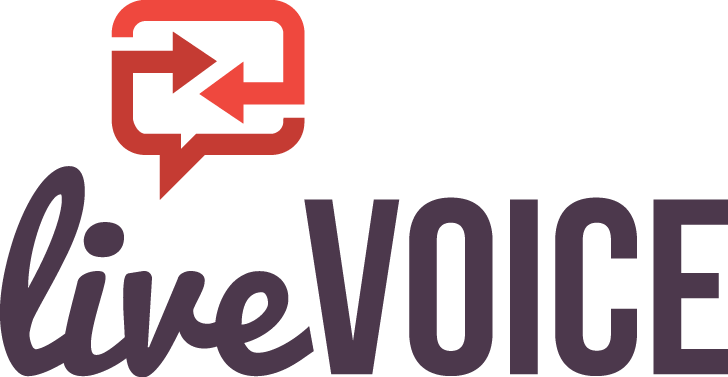Category: Lead Response
Smart Marketers Call Leads Quickly to Maximize Sales Success
The internet has changed buyer actions, but sales team reactions still fall short
The internet has conditioned people to expect fast results, if not immediately. The desire for instant gratification is the new norm for consumers, with business buyers following closely behind. The problem is that most salespeople never got the memo. Too many are still behaving as if mired in a twentieth century mindset.
“This huge disconnect leaves buyers frustrated and wastes a good portion of B2B marketing dollars,” says Adam Berkson, president of LiveVoice. Live Voice, a boutique call center company, has quickly emerged as a leader in providing successful lead response services geared to today’s buyer. “Consider these appalling stats,” Berkson says, “which prove the imperative need to substantially speed up the sales process, especially when it comes to lead response.”
The Odds of a Successful Contact Decrease Within Minutes
What difference does twenty-five minutes make? As it turns out, it means quite a bit when trying to contact a lead. Twenty-five minutes is the difference between this year’s standard five-minute response rate and last year’s goal of a thirty-minute response rate. Succinctly, reps who call within five minutes are one hundred times more likely to make contact with the lead then those who take thirty minutes.
That’s why Berkson’s LiveVoice places an emphasis on speed. “Our response goal is within sixty seconds,” says Berkson. “We’ve set a new gold standard in lead response time, and our results confirm just how critical a one minute callback time is.”
The Odds of Lead Qualification Tappers Off Fast
“Making contact, however, is just the first step,” says Steve Knight, senior VP of client services at TeleServices Direct, a worldwide provider of outsource call center services. “The more critical need is to qualify the lead.” Again, a twenty-five minute delay is significant. In this case, a five-minute response time is twenty-one times more likely to qualify the lead than a thirty-minute response time. “Success in both reaching and qualifying the lead is highly contingent on speed,” adds Berkson.
SALES REPS QUIT TOO SOON
Add to this the shocking reality that sales reps only attempt an average of 1.3 calls to reach a new lead. Then they give up. Berkson has a theory to explain this. “Since they wait too long to call, they are conditioned to accept a low success rate. So most make just one lackadaisical call and give up, while only a few attempt a second call. If they’d simply call faster, their results would skyrocket.”
Frustrated Buyers Go With First Responders
When combining these stats, it’s no wonder that buyers are frustrated. In fact, when someone calls, assuming someone calls at all, anxious buyers will go with the rep who calls first in one third to one-half of all cases (35 to 50 percent). “Increase the odds of being first, by calling fast,” concludes Berkson. “It’s that simple.”
Yes, it is simple, but too few salespeople do so. This has opened the door for LiveVoice and the success of their lead response services, with their sixty-second callback standard.
LiveVoice understands how important every call is to your business. Contact them about customizing their flexible, premium phone support service so you can turn opportunity into profit.
Peter DeHaan, PhD, is a freelance writer, call center authority, and publisher of Connections Magazine, which covers the call center industry.



